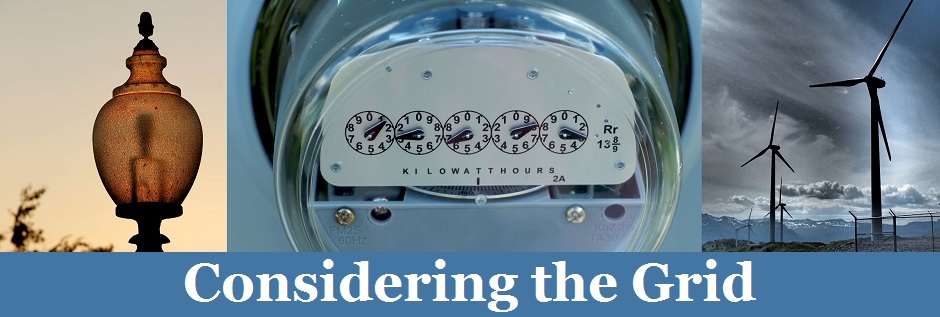Earlier this month, EPA and the National Highway Traffic Safety Administration (NHTSA) issued a proposed rule regarding automobile emission standards for passenger cars and light trucks for model years 2021–2026. Under the Obama Administration, EPA and NHTSA had enacted rules imposing increasingly stringent standards for each model year. In contrast, the current proposed rule would flatten the standards and use the same Corporate Average Fuel Economy and carbon dioxide emission standards for model year 2020 through model year 2026.
In addition, the proposed rule would withdraw a waiver previously granted to California allowing the state set its own rules through its Low Emission Vehicle program and Zero Emission Vehicle program. EPA and NHTSA’s proposed rule states that California has disproportionally focused on greenhouse gas emissions over the past decades, but the purpose of the relevant section of the Clean Air Act allowing EPA to grant the state a waiver was intended to address smog-related air quality problems.
More than 400 mayors, representing 70 million Americans from 47 states, issued a statement condemning this proposed rule. They argue that because transportation is the largest and fastest-growing source of U.S. greenhouse gas emissions, automobile fuel economy standards are critical to addressing climate change.
Twenty state attorneys general and the attorney general for the District of Columbia announced their intention to challenge the proposed rule. This group includes the attorneys general from every jurisdiction that has adopted California’s more stringent standards. Similar to the coalition of mayors, they argue that “[f]ederal rules to limit tailpipe pollution and improve fuel economy are our best strategy to reduce carbon pollution, improve air quality, and save drivers money on gas.” According to these attorneys general, the proposed rule would not only have negative environmental impacts, but it would also cost American drivers hundreds of billions of dollars.

